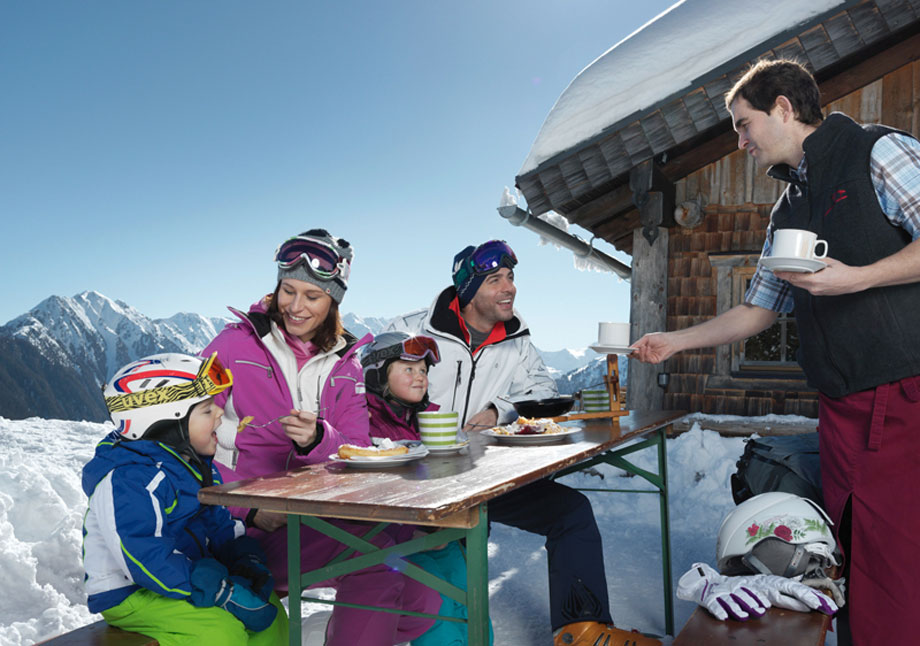National Tourism Funding
The Ministry of Labour and Economy is responsible for the strategic use of budget funds to support activities in the Austrian tourism and leisure industry.

In 2022, the national tourism administration’s budget was about 63.9 million euros. Of this total, 30.2 million euros were dedicated to the financial support of SMEs, which was administered by the Austrian Bank for Tourism Development (OeHT), a specialised bank acting in a public-private partnership with the Federal Ministry of Labour and Economy.
Over 28 million euros were directed to the annual budget of ANTO and 5 million euros were disbursed by the Ministry in the form of individual subsidies for co-financing tourism projects and service contracts. Moreover, around 70 million euros from European Recovery Programme funds were made available as loans to SMEs in the tourism industry.
During the COVID-19 pandemic comprehensive public support was necessary to help the industry survive. In addition to overall support measures for the economy, the national tourism administration provided substantial aid such as guarantees on loans, direct grants, and support schemes for events and package travel organisers. A tax relief package was made available with temporary reductions of VAT in the catering, hotel and culture sectors.
In March 2023, the Ministry presented new funding guidelines for tourism SMEs with a strong focus on sustainability and improving financial resilience. The funding is administered by the Austrian Bank for Tourism Development and will continue to support investments by providing well-proven support instruments such as direct grants, guarantees and subsidised loans for improvement of quality, optimisation of company size and business transfers. Within the new scheme, SMEs may receive a "sustainability bonus" of 7 % for ecological, social and economic investments in combination with a subsidised investment loan.
In addition to the national budget, all nine federal states have their own tourism budgets to support specific programmes.
OeHT – Austrian Bank for Tourism Development
Since 1947, the Austrian Bank for Tourism Development (OeHT) has been the most important funding partner of the Austrian tourism industry. It is a specialised funding bank owned by two private banks: the Oesterreichische Kontrollbank AG (OeKB) and the Raiffeisen Group. On behalf of the Federal Ministry of Labour and Economy and in cooperation with the corresponding principal banks, OeHT supports businesses with subsidised financing, guarantees, grants and knowledge (more than 70 years of experience). Tourism funding is based on directives by the Federal Ministry of Labour and Economy that stipulate all the requirements for the different funding products. OeHT also links the tourism funding of the Federal Ministry of Labour and Economy with other funding agencies, the nine federal provinces and the European Union and, thus, acts as a "one-stop-shop" for Austrian tourism businesses.
The "Plan T – Masterplan for Tourism" states the importance of a stand-alone tourism funding policy. It also started a process to rethink and renew tourism funding, focusing in particular on family-owned businesses. In 2022, 484 businesses were supported resulting in an investment volume of almost 590 million euros.
Examples for the positive effects of supported investment activities:
- In spite of intensive investment activities, funding recipients were, on average, able to decrease the debt repayment period from 13 years in 2014 to 9.9 years in 3-stars-hotels and 10.1 years in 4/5-stars-hotels in 2021.
- The equity ratio of clients has developed positively in the last decade – 4-star-hotels have increased their ratio to over 15 % within the last ten years.
- Positive effects on up- and downstream economic sectors: 60 % of investments added a value within 60 km around the investment location boosting the entire region.